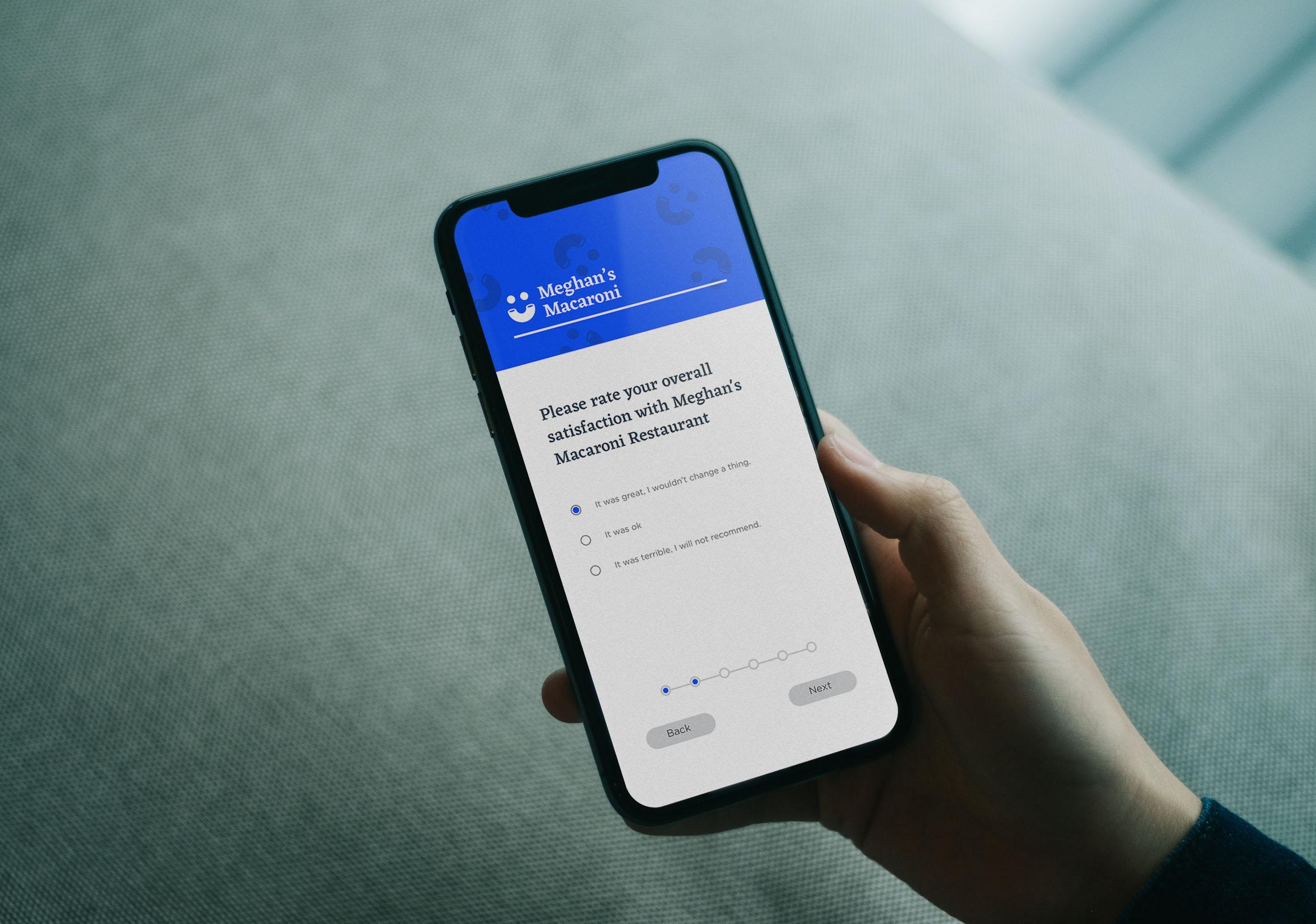How to Ensure Effective Survey Design During a Pandemic
Though the challenges this pandemic has conjured are many, brands needn’t panic. In fact, companies can take some solace in the fact that, though the disease is certainly disrupting customer life and communication, that doesn’t mean that brands need to throw their survey playbooks out the window.
Like everything else having to do with customer experience (CX), listening to customers has been turned upside down by the coronavirus pandemic. Suddenly, brands need to consider how to survey their clientele amid the largest public health crisis in recent years—this means thinking about how the pandemic has affected customer life and how to effectively listen to those individuals despite significant disruption.
Though the challenges this pandemic has conjured are many, brands needn’t panic. In fact, companies can take some solace in the fact that, though the disease is certainly disrupting customer life and communication, that doesn’t mean that brands need to throw their survey playbooks out the window. Instead, they need to consider four factors that can allow organizations to still listen to customers in spite of everything going on.
Factor #1: Geography
Geography has been a crucial part of survey design even before the pandemic. There are the obvious considerations, like language localization, but also climate, cultural norms, economic conditions, and other geographic elements that factor into building surveys.
Now, of course, companies need to add another element to this mix: how the country or region they’re targeting is faring against the coronavirus. For example, are there local quarantine or social distancing laws that might impact a customer’s interactions with a survey? What about supply shortages or especially severe rates of infection?
Brands should take some time to consider factors like these before dispatching surveys to a target audience. Doing so increases the likelihood that customers can and will respond. Additionally, companies that clarify that they understand or at least empathize with what a given audience might be enduring stand a greater chance of building stronger, long-term relationships with those customers.
Factor #2: Survey Type
This point doesn’t beg much explanation, but it’s worth mentioning that brands need to carefully consider the type of surveys they deploy within the context of how their targeted region or group is faring against the pandemic. For example, it doesn’t make much sense for organizations to deploy transactional surveys if customers within a given city have been ordered by a local government to stay home.
Relational surveys, on the other hand, may still be a useful tool for ascertaining brand-customer relationships. They also give brands a means of staying in touch with customers and encouraging loyalty during and after the pandemic.
Factor #3: Communication Method
The pandemic may force some brands to reconsider how they distribute surveys to customers. Additionally, companies should remember that, should they opt to send more surveys via email, thousands of other organizations are deploying email surveys as well.
Because customers interact with so many brands throughout their daily lives, companies risk inundating them with too many announcements, updates, and survey requests. Thus, it pays for companies to keep their communications concise. Brands should limit the amount of messages they send wherever possible and remind customers that they want to hear those individuals’ voices.
Finally, brands should also sprinkle their surveys with empathy. Companies should ask how customers are doing because, as previously mentioned, lending an ear can help customers feel valued and keep relationships with them strong even when they can’t stop by a storefront.
Factor #4: Your Industry
Taking care of their customers should be a brand’s number one priority, but they also need to be aware of the novel challenges that the coronavirus may throw their way and incorporate that into survey design. For example, many restaurant chains will remain closed for some time, and that simple fact may alter the questions on a survey.
Being aware of the unique limitations the virus may impose upon certain brands can go far beyond better survey design. That business intelligence can enable companies to devise short- and-long term strategies for combating this pandemic, and then communicate those strategies to customers. It pays to keep everyone in the loop.
Keep Listening
These are strange times, but brands that alter their survey design and communication to suit customers’ unique geographies, challenges, and communications will help many of those relationships survive this pandemic. Being mindful of a brand’s own challenges can also go a long way toward effective, versatile survey design, not to mention communicating those surveys to customers. Above all, companies need to keep listening, and continue being aware of their audiences even when those audiences may not be buying.
In these trying times, we know that it’s more important than ever to focus on CX best practices. That’s why we hosted a new webinar with a panel of CX experts, “Managing the Customer Experience in a Time of Crisis.” You can access it for free here!

